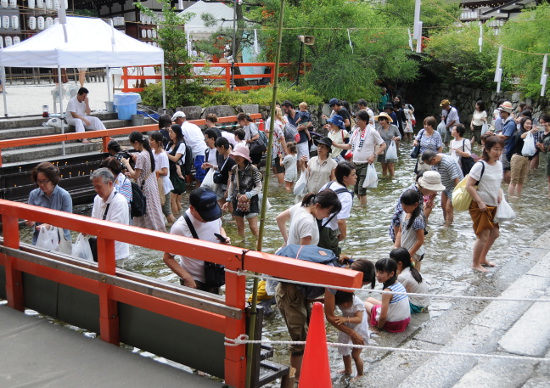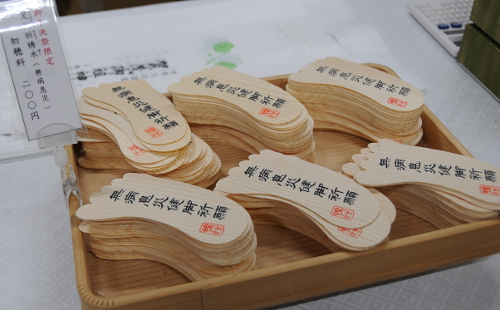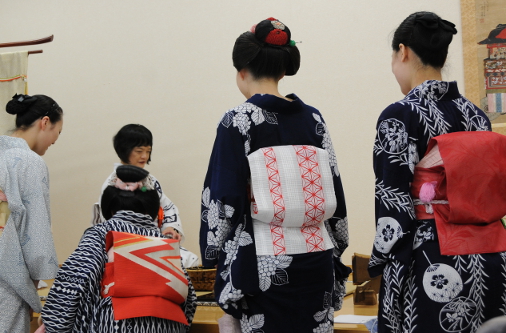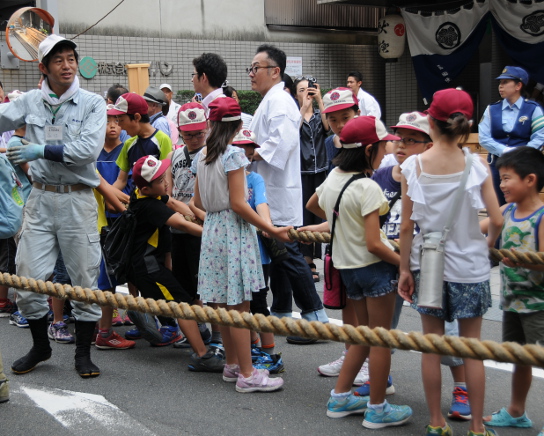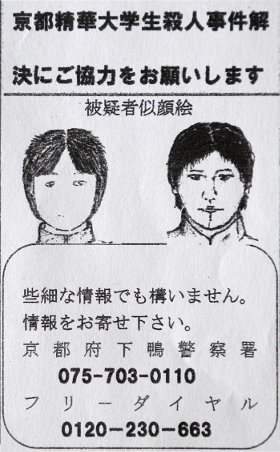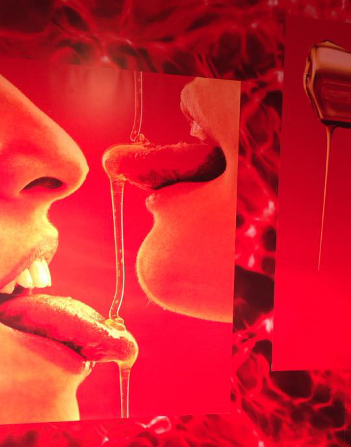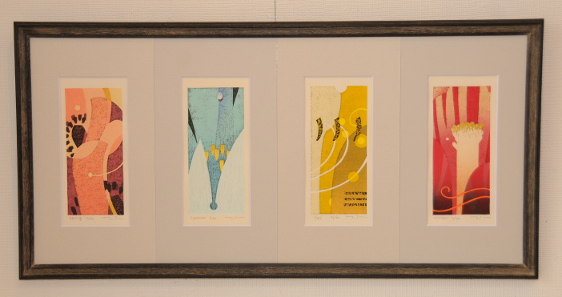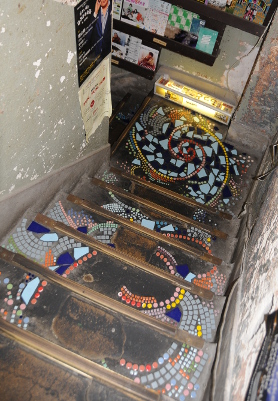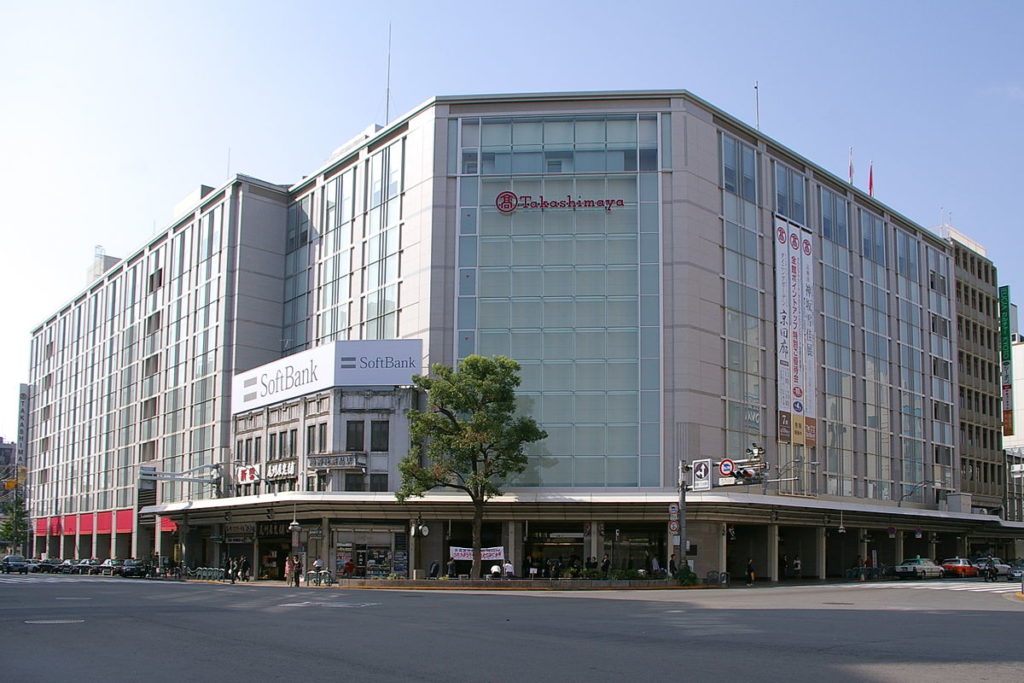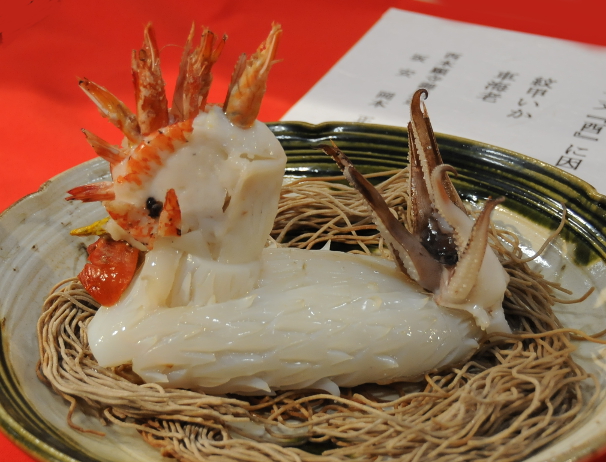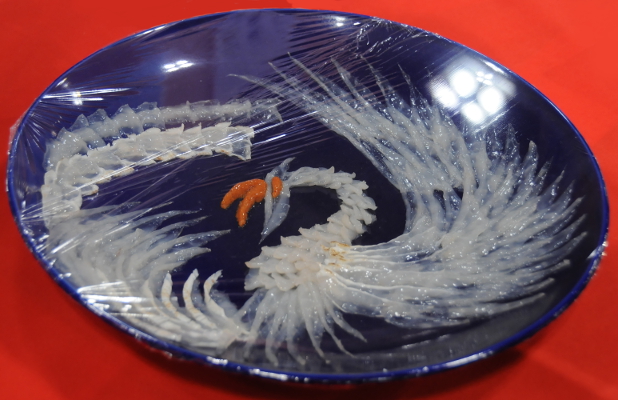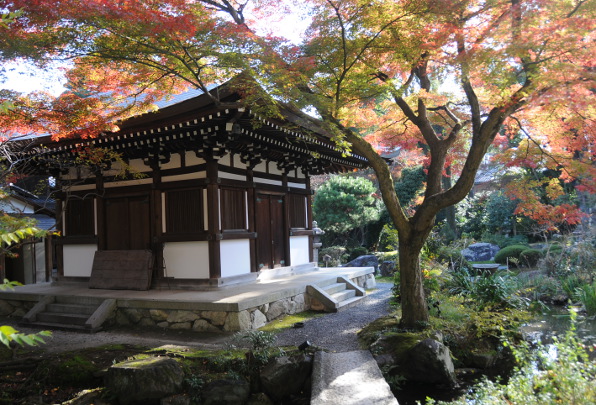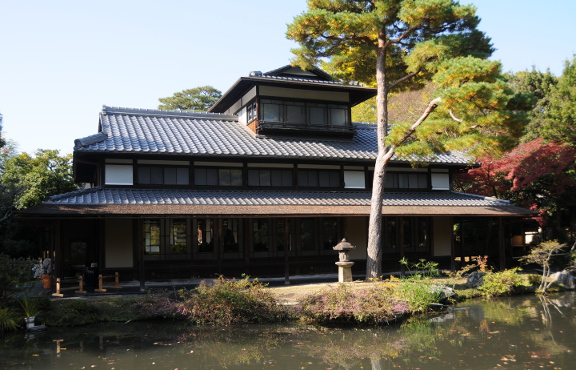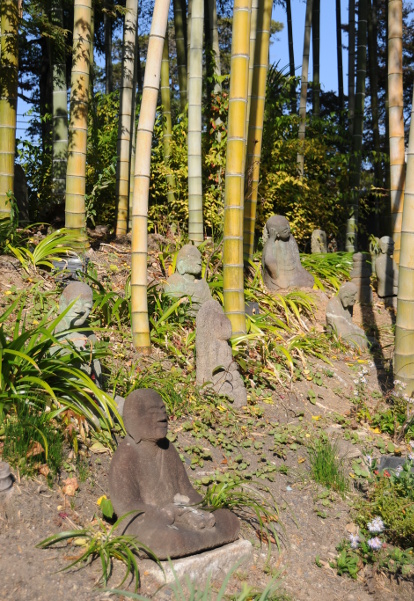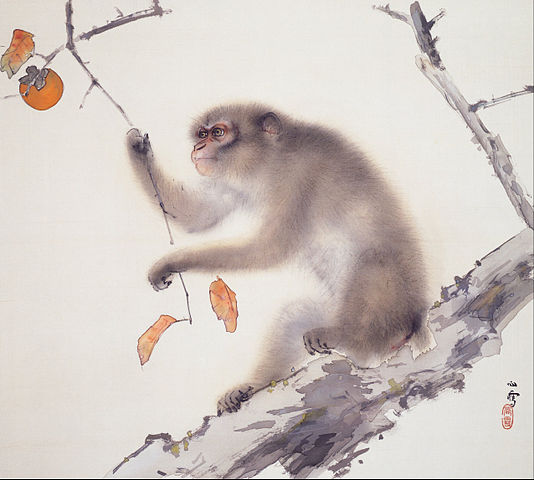Staying with the theme of last Thursday, let’s introduce more Japanese food: mitarashi dango.
Dango are little Japanese dumplings made from rice flour. They are similar to mochi, but mochi are much softer and sweeter than the dango. Dango are usually boiled in water and then skewered in groups of three to five.
Except for the hanami dango that are sold during cherry blossom season and come in three flavours (cherry, green tea, and plain), the dango themselves are usually plain and don’t have much taste. The flavour comes by adding a sauce to the skewered dango, and you can have anything on top from a layer of anko (red bean paste), to a chestnut paste, kinako (roasted soy flour), or sesame seeds.
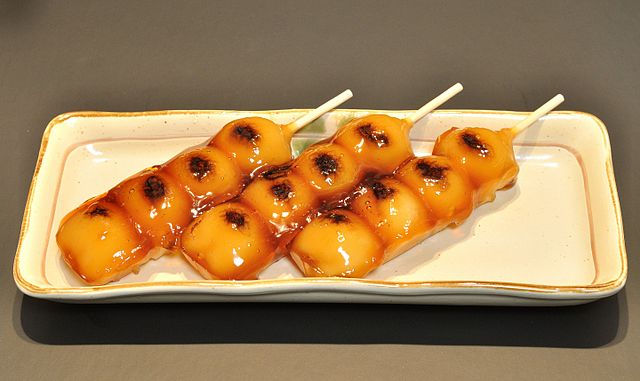 If you first boil and then grill the dango over a fire and finally cover them with a sweet sauce made of sugar, water, rice vinegar, and soy sauce, you get mitarashi dango. Their origin goes back to the mitarashi festival of Shimogamo shrine, where a family offered the first skewered dango to the gods. Their round shape is meant to resemble the bubbles that form in the shrine’s Mitarashi pond, and that there are usually five to one skewer is explained by the fact that the top dango counts as the head, and the lower four as the arms and legs of a human.
If you first boil and then grill the dango over a fire and finally cover them with a sweet sauce made of sugar, water, rice vinegar, and soy sauce, you get mitarashi dango. Their origin goes back to the mitarashi festival of Shimogamo shrine, where a family offered the first skewered dango to the gods. Their round shape is meant to resemble the bubbles that form in the shrine’s Mitarashi pond, and that there are usually five to one skewer is explained by the fact that the top dango counts as the head, and the lower four as the arms and legs of a human.
Nowadays, mitarashi dango are sold all over Japan, and especially in summer they are very popular. However, there is a very old mitarashi dango shop nearby Shimogamo shrine, and it is said that the first mitarashi dango were made there. Whether this is true or not, it is certainly a nice story, and I think I might just go and visit that particular shop to try the original.

